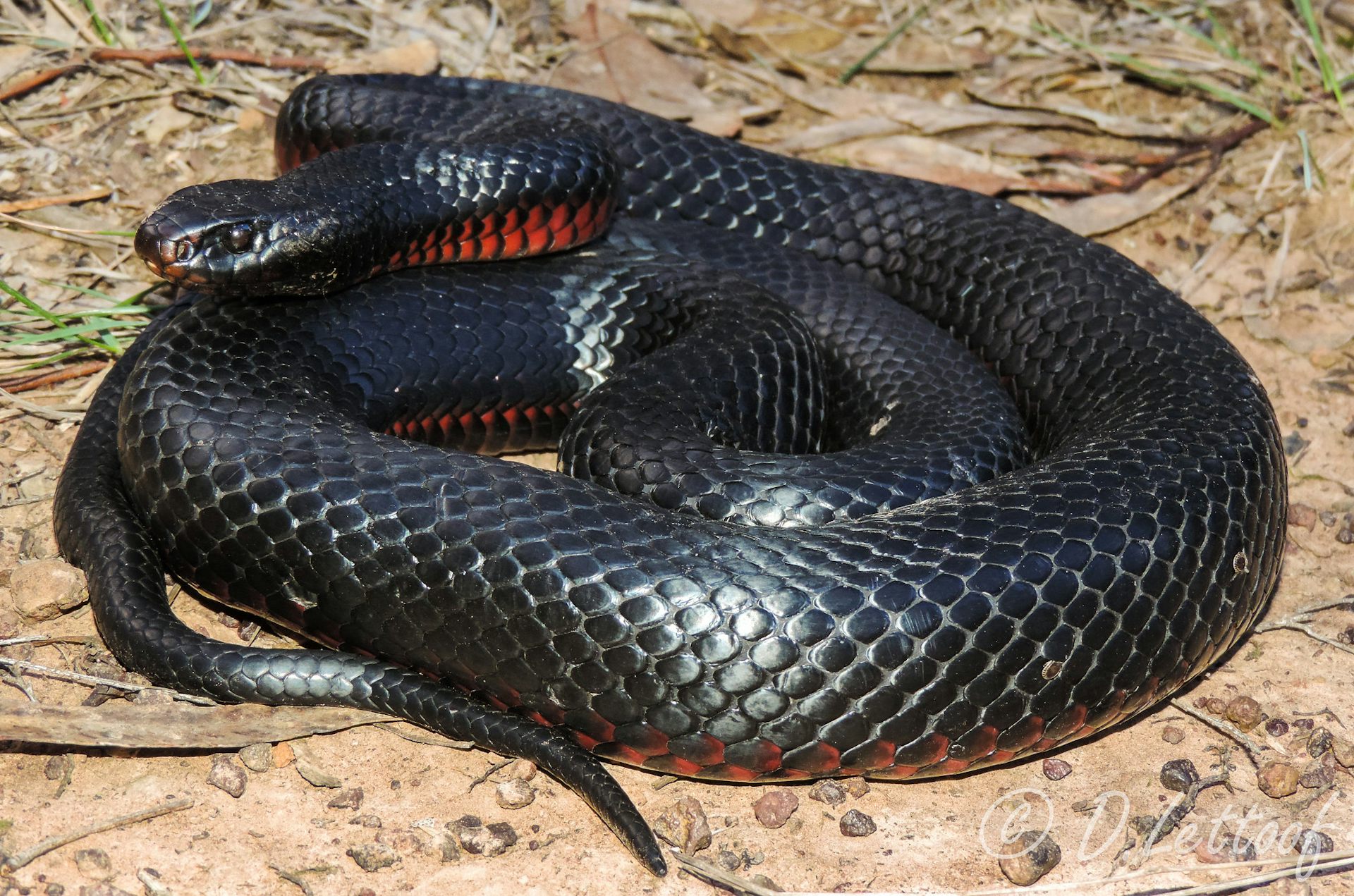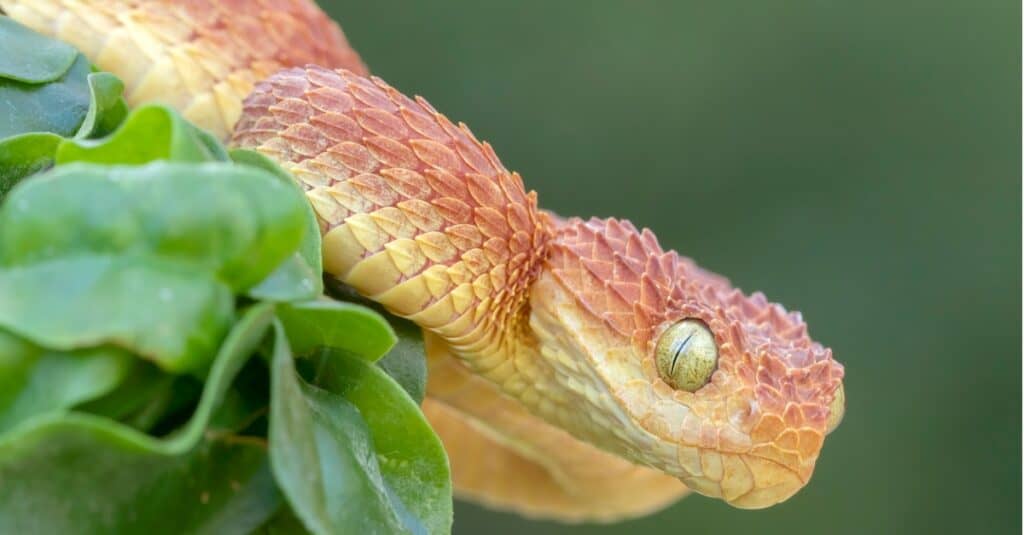Introduction
When it involves poisonous snakes, Australia is home to a few of one of the most remarkable and hazardous varieties in the world. Among these, the Tiger Snake sticks out not only for its powerful venom but likewise for its interesting behavior. Understanding the habits of venomous serpents like the Tiger Snake is critical for both wild animals fanatics and those residing in areas where these serpents exist. This write-up delves into numerous aspects of Tiger Serpent actions, habitat, identification, precaution, and first aid practices in instance of a black snake with blue belly snake bite.
Understanding the Habits of Venomous Snakes Like the Tiger Snake
The Tiger Snake, medically called Notechis scutatus, is notorious for its hostile nature when intimidated. These snakes display a series of actions that can be fairly various from their non-venomous counterparts.
Characteristics of Tiger Snakes
The Tiger Snake is easily well-known due to its distinct bands or red stripes that look like a tiger's markings. They can differ in shade from yellowish-brown to dark olive or black. This Educating about venomous snakes coloration offers not just as camouflage however likewise as a caution signal rough scaled snake to potential predators.
Adaptability to Environment
One exceptional aspect of their habits is their adaptability to different environments. Located mainly in seaside regions, marshes, and wetlands throughout Australia and Tasmania, they can prosper in diverse environments including urban areas.
Hunting Techniques
Tiger Serpents are ambush predators mainly preying on fish, frogs, and small animals. They possess keen eyesight and an acute sense of odor which assists them in locating victim effectively.
Venom Composition
Their venom contains neurotoxins that impact the nerve system, causing paralysis or fatality in smaller pets. For humans, prompt medical interest is critical after a tiger snake bite as a result of its possibly dangerous effects.
Natural Habitat of Tiger Snakes
Preferred Locations
Understanding where these serpents reside clarify their behavior patterns. The tiger snake habitat includes:
- Coastal regions Swamps Grasslands Urban locations with plentiful water sources
Seasonal Movements
During warmer months, Tiger Snakes are more active as they bask in sunshine or quest for food. In contrast, colder months see them pulling back right into hibernation sites.
Are Tiger Snakes Venomous?
Yes! The concern "are tiger snakes poisonous?" frequently arises among those unfamiliar with this types. Their venom is thought about one of the deadliest amongst all serpent species worldwide.
Symptoms of a Tiger Snake Bite
If bitten by a tiger snake, symptoms may include:
- Localized pain Swelling at the bite site Nausea and vomiting Sweating and confusion
Immediate medical help is crucial as untreated attacks can result in severe wellness problems or even death.
First Aid for Serpent Bites: Quick Reaction Guide
Knowing just how to carry out first aid for a serpent bite could save a person's life. Below's what you ought to do:
Step 1: Stay Calm
Keeping tranquility helps decrease heart rate which lowers poison spread.
Step 2: Debilitate the Influenced Area
Keep the impacted arm or leg still and below heart degree if possible.
Step 3: Call Emergency Situation Services
Always seek specialist medical aid right away after a snake bite.
First Aid for Serpent Bite Package Essentials
A fully equipped snake bite emergency treatment kit need to consist of:
- A compression bandage Antiseptic wipes A pair of scissors A cold pack
Safety Safety measures: Preventing Snake Bites in Australia
Awareness Programs
Educating communities about local snake species and their behaviors can considerably lower experiences causing bites.
Avoiding Hazardous Areas
Staying away from long grass throughout warmer months lessens contact with serpents that may be relaxing or hunting.
Common Misconceptions About Tiger Snakes
Many individuals think mistaken beliefs regarding the behaviors of tiger snakes cause unnecessary anxiety. Right here are some clarifications:
Myth 1: All Tigers Are Aggressive
Not all tiger snakes will certainly display aggressiveness if left undisturbed; lots of prefer taking off as opposed to confrontation.
Myth 2: They Chase Humans
Tiger serpents do not actively go after humans; they may strike when they really feel threatened however will usually pull back if provided space.
Conservation Efforts Associated with Poisonous Snakes
Conservation efforts focus on informing areas about shielding local wildlife while decreasing human-snake interactions.
Importance of Ecosystems
Understanding that venomous snakes play a vital function in keeping environmental balance assists foster recognition rather than worry in the direction of them.


FAQs Regarding Tiger Snakes
What ought to I do if I come across a tiger snake?- Maintain range and slowly pull back without unexpected movements.
- While bites aren't extremely usual because of understanding efforts, they still happen every year within Australia.
- Baby tiger snakes can deliver full doses of venom regardless of being smaller sized; for this reason care is advised around them.
- They primarily take in frogs, fish, small mammals like rodents, and other reptiles.
- It's illegal in a lot of jurisdictions without proper licensing due to safety worries regarding their venom.
- Wear strong boots and stay on significant tracks; appearance prior to putting hands or feet into concealed rooms like rocks or logs.
Conclusion
Understanding the habits of venomous serpents like the Tiger Serpent not only enhances our understanding however likewise promotes safety and security recognition amongst those living near their habitats. From recognizing their characteristics, comprehending first aid methods adhering to a bite, via engaging conservation initiatives-- every element plays a crucial function in fostering conjunction with these fascinating reptiles while respecting their area within our ecosystem.

As we strengthen our understanding via education and experience, we contribute positively towards ensuring both human safety and wild animals preservation-- profiting all parties involved!